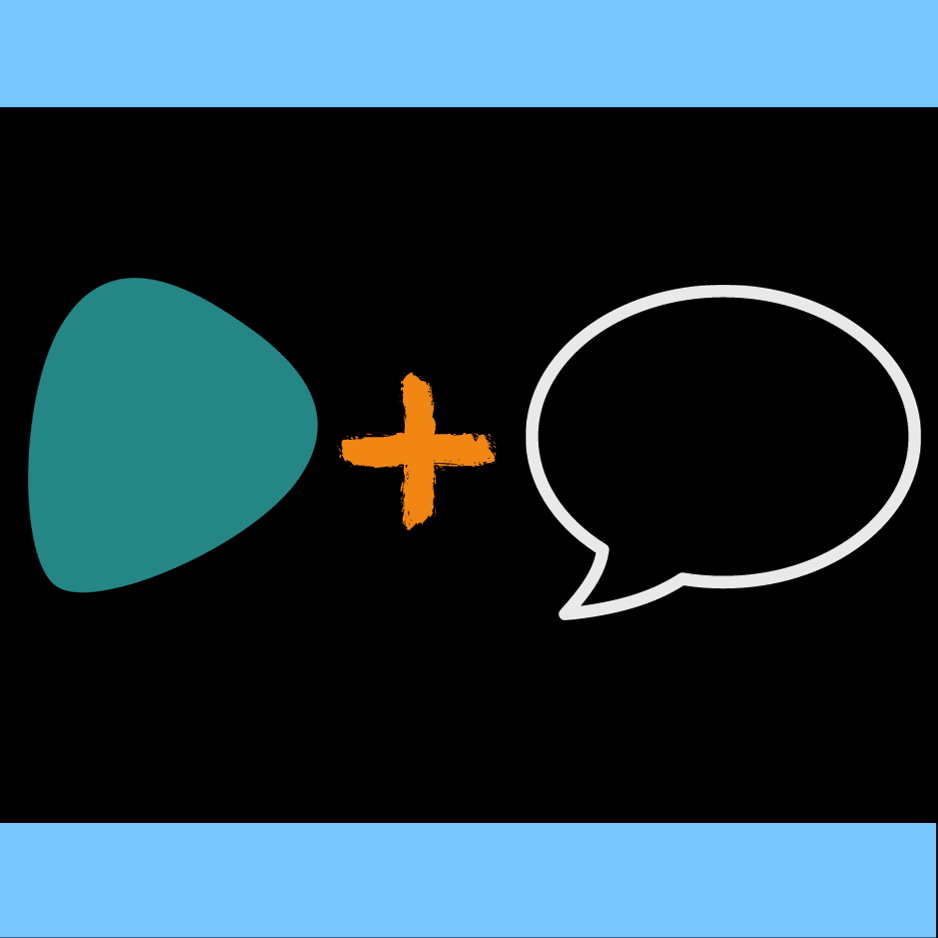Pro tip: please watch the short video version of this post that I link to www.guitarsuccess4u.com/strumspeak. It will give you a much clearer grasp of what I’m sharing here.
Abbreviated transcript included below…
Some guitarists get up front and strum their guitars to start a worship service or a concert, and they speak while they strum. It might look easy, but when some people try it, they realize what a juggling act it can be. Today, I’ve got some solid tips to help you achieve the delicate balance of strumming and speaking.
As a worship leader and performer (which I consider to be two totally different musical offerings with different postures), I think it can be an elegant gesture to bring people into a song set with strumming AND speaking.
1. Divide and conquer
The most important over-arching principle I want you to consider is the concept of “Divide and Conquer.” If we’re strumming chords and speaking, we’re really doing three things. We’ve got 1) a strumming pattern, 2) a chord or progression, and 3) some spoken words.
I think there’s great wisdom in learning chords out of tempo first, and then to introduce strumming – but – wait for it, without chords just yet. I literally recommend doing the “washboard” thing where I mute my strings with my fretting hand, and just strum.
This is a way to divide and conquer, because I don’t have to think about chords – I can just focus on the rhythms. Then, when the time is right, I can add chords into the mix, often starting with just a single chord, and then expanding from there.
Now, with a strumming pattern and a chord, we have our music bed. Over the top of this, we can offer some words of welcome, or a passage of scripture as a call to worship.
2. Develop the spoken words
But wait for it – focus just on speaking the words first. Here’s an example of a spoken welcome and scripture, all by itself:
“Good morning and welcome! Psalm 95:1 says, ‘Come, let us sing for joy to the Lord; let us shout aloud to the Rock of our salvation.’”
What would be the next level?
3. Memorize the spoken words
Yep, at this early stage it would be wise to memorize the words. Once we’ve got those memorized, then comes the next step.
4. Strum and speak
I recommend starting with the rhythm, waiting to include the chords.
This is where it gets tricky, because we just might want to speak in the rhythm of the strum. But…that makes the hokey meter flutter, right? So, as you get more familiar with the words and the strum separately, the next step is to…
5. Combine all three elements
Finally, we combine the strum, the chord, and the spoken words. See how you do. The more solid each element is, the more easily they’ll weave together. Are we done? Maybe not…
6. Focus on the element that needs the most work
This is where we can go back and zoom in. Spend a little time woodshedding on this and you’ll know which element needs the most work.
Next Level: Conversational Welcome
Ready for the next level? How about just helping people feel welcome at the service or the concert as we strum?
Does this need to be memorized? Your call. Figure out what you want to say, maybe even write it down so you can read it out loud, and try this same process:
“Hey, good morning. We’re so glad to have you here with us. I’d love to invite you to stand, as you are able, as we lift our voices in praise together.”
You can also think with bullet points, like:
· “Good morning.”
· “Glad you’re here.”
· “Stand.
· “Lift your voices.”
This is the framework to which we attach our artistry. Put another way, this is the form over which we lay the spontaneity.
Next Level: Improvised Words
Now, before you say, “I don’t know how to improvise,” let me push back a bit. When we have conversations with people, we’re not reading from a script, typically, right? We’re drawing from a vocabulary of words and phrases we like to use.
And when we walk, especially on level ground, we don’t have to focus on where we put our feet the whole time – we learned to walk a long time ago. And walking is very rhythmic, much like strumming.
So really, we’re just going for a walk and having a conversation.
So again, in your practice space, try strumming a pattern with or without chords, and just start talking.
Sometimes, as we strum and talk, our minds start to get hung up either on the guitar side of things, or the spoken side of things. That gives us a clear indicator of which side needs more work.
Try to keep your strumming pretty simple at the beginning, and once you’ve got a good rhythm, add chords and complexity.
Bonus Level – Strumming and Improv Singing
This is different from simply singing a song. This is actually welcoming people, typically to a concert, with a fun, inviting melodic figure with words. I’ve incorporated this element in my concerts over the years, and people have loved it. Please watch the video for my demonstration – and get ready to smile.
Now, I wouldn’t sing my welcome in a worship setting – that would probably be a little too distracting.
Wrap-Up
Ok, so today, we talked about how to divide and conquer, and the process of gradually increasing the complexity of our presentation to where it looks and feels natural and inviting.
Looking for more? Sure you are. Check out www.GuitarSuccess4U.com to see where more amazing content (and a Christ-honoring community as well) are waiting for you.
See you soon!




